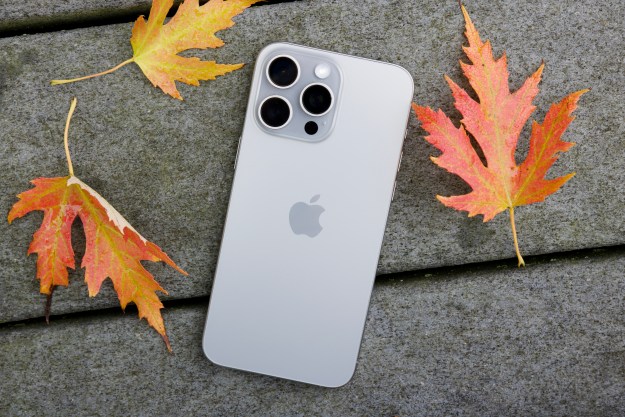Meizu has announced the Meizu Pro 7 and Pro 7 Plus, its follow up to the Pro 6 and Pro 6 Plus, and fans should be ready for devices that don’t look like any Meizu phone to come before them. In fact, they don’t look like many other phones at all. Meizu has put two screens on the Pro 7, but unlike LG’s approach with the V20, there’s the main screen and a secondary screen on the back. It doesn’t cover the whole of the rear panel though, and functionally it is reminiscent of Samsung’s early experiments with Edge screens, such as that on the Galaxy S6 Edge Plus.
The secondary screen sits on the left-hand side of the rear panel. The size and resolution hasn’t been confirmed yet, but we do know it’s an AMOLED screen, so it should look great. It shows notifications, the music player, the time, weather information, and can act as a mirror for use with the rear cameras. Selfies no longer have to be taken with the front cam. It’s set inside a great looking metal body, with a very cool brushed finish, which will come in matte and space black, gold, or silver.
Meizu uses the front screen to differentiate between the Pro 7 and the Pro 7 Plus. The Pro 7 has a 5.2-inch Super AMOLED screen with a 1920 x 1080 pixel display, while the larger Pro 7 Plus has a 5.7-inch Super AMOLED with a 2560 x 1440 pixel resolution. The other difference comes with the memory. The Pro 7 has 4GB of RAM and 64GB of storage, while the Pro 7 Plus gets 6GB of RAM and a choice of 64GB or 128GB storage space. Both phones are powered by the MediaTek Helio P25, which was introduced earlier this year.

The octa-core Helio P25 is the first MediaTek chip to support dual cameras, a feature which Meizu has included on the Pro 7 and Pro 7 Plus. The two Sony IMX386 sensors are embedded in the panel which contains the second screen on the back of the Pro 7, and both have 12 megapixels. We do know one lens shoots in monochrome, but Meizu’s keeping quiet about the camera’s functionality for now; although we’d expect it to produce a bokeh-style blurred background effect. The selfie camera on the front has 16 megapixels.
A larger battery is needed to power the Pro 7 Plus’s higher resolution screen. It gets a 3,500mAh cell rather than the 3,000mAh cell in the Pro 7, and interestingly a more powerful charging system. It’s not Meizu’s Super mCharge system, but mCharge 4.0, which apparently will take a flat battery to 67 percent capacity in 30 minutes, using a new 5v/5a charger. Like other mCharge systems, it keeps the temperature low for maximum efficiency. Finally, the Pro 7 has Android 7.0 installed, with Meizu’s Flyme user interface over the top.
Meizu hasn’t announced the price for the Pro 7 or Pro 7 Plus, but we do know it’ll be released in September. The company’s main market is China, but Meizu phones are also sold in parts of Europe, India, Russia, New Zealand, and other countries around the world. Anyone in the United States or United Kingdom wanting a Meizu phone must work with an importer to get one.
Update: The Meizu Pro 7 and Pro 7 Plus are now official, and we’ve included all known details here.
Editors' Recommendations
- 5 phones you should buy instead of the iPhone 15
- 5 phones you should buy instead of the Google Pixel 8
- Why you should buy the iPhone 15 Pro Max instead of the iPhone 15 Pro
- Are WhatsApp and Facebook down? Here’s what you need to know
- These are the best Android 15 features you need to know about



